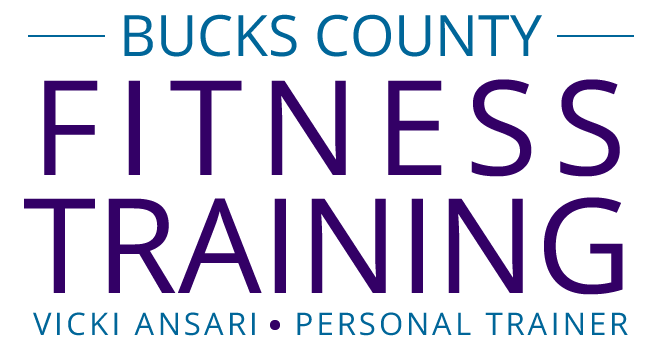Stretching … Is It Really Necessary?
Ok you’ve all heard that stretching should be a fundamental part of your exercise routine, but why do so many people skip stretching?
One answer could be that it takes more time. Let’s face it, when you finish a workout, you want to get to the shower and get on with your day, right?
Another reason people do not take the time to stretch, is that they just aren’t sure what they are doing. I will break it down for you into understandable terms.
Flexibility is key for athletes and nonathletes alike. It allows you to move freely and comfortably in your daily life, and can also help prevent injury during exercise. One of the best ways to increase your flexibility is by stretching.
First let’s talk about the different types of stretching.
1. Assisted (Passive)
Assisted passive stretches are ones that require outside assistance such as gravity, straps, body weight, a partner, or a machine. You rely on the outside force to hold you in place to feel the stretch and relax the muscle.
Assisted stretches are extremely comfortable and you don’t typically have to work all that hard to achieve the stretch. The downside is that the external force MIGHT be stronger than you are flexible.
2. Unassisted (Active)
Unassisted active stretches require NO outside assistance. You must contract a muscle to stretch the opposing muscle in an unassisted stretch.
This type of stretching is far less common because of the effort it requires. You must rely on your strength to produce a stretch of the opposing muscle group, which helps protect your joints.
It’s considered very helpful for improving everyday movements and your posture, in particular.
3. Static
Static stretches are ones that are held for a longer period of time (anywhere between 10 and 30 seconds will deliver great results) and they can be assisted or unassisted.
4. Dynamic
Dynamic stretches are stretches in motion. Both unassisted and assisted stretches can be dynamic. These stretches should be controlled; no bouncing. Moving through the stretch 10-12 times will produce the best results. Recently, research has uncovered that dynamic stretching is linked to improved sport performance and enhanced mobility.
PNF stretching is more complex and usually done a professional, like myself who has been trained in this stretching technique. In basic terms, I assist you to stretch.
So why stretch?
It feels good! Stretching is a key component in the fight against biomechanical imbalance. Your muscle is only one component of the stretch, your fascia, skin, ligaments, tendons, joint capsules, blood vessels, and nerves are all affected, when performed correctly a stretch can have positive effects on all of the above.
When to stretch:
Use dynamic, active stretches prior to activity to prepare the body for the workout. I would stretch my hamstrings and quadriceps before, and after a run. Then, to increase flexibility post-workout, add your static, both active and passive, stretches.
Remember to speak to your doctor about any new exercises, including stretching.

